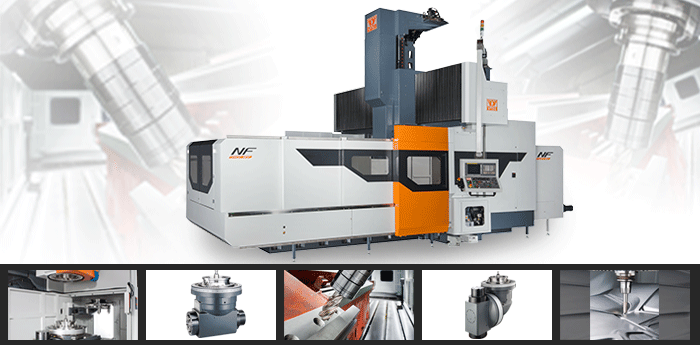There are 13 different kinds of milling cutters used in various milling machines. They each cut materials differently. They are: end mill, roughing end mill, slab mill, face mill, hollow mill, slot drill, ball nose cutter, side-and-face cutter, involute gear cutter, fly cutter, woodruff cutter, dovetail cutter, and hob.
Milling cutters are essential cutting tools needed in a milling machine. Different types of milling cutters are available in many sizes and shapes to efficiently perform any type of cutting work. Now, simply introduce different types of milling cutters below:
- End Mill
This is a tool with cutting teeth on one end and on its sides. Made of a high speed steel (HSS), the end mill cutter is the most common tool used in a vertical milling machine.
- Roughing End Mill
A roughing end mill removes a huge chunk of material in a wavy cutting pattern. This cutting mill produces a rough surface finish and is also known as ripping cutters. The wavy teeth minimize the vibrations and chatter sounds that occur during the cutting process.
- Slab Mill
A cylindrical cutting tool that can be used individually or with other cutting tools for cutting horizontal surfaces, the slab mill is made from a HSS.
- Face Mill
Face mill cutter is capable of holding multiple tip inserts. This economical type of cutting tool has tips that are can be replaced when they become blunt. A face mill can perform various cutting actions due to the versatility of the inserts and tips that it can work with.
- Hollow Mill
A hollow milling cutter is a pipe shaped tool with thick walls. The cutting teeth, however, are on the inside surface area. This cutting tool is essentially used in finishing cylindrical protrusions.
- Slot Drill
A slot drill is a cutting tool that directly cuts straight into a material. It commonly has two or more fluted cutters and a singular tooth located at the center of the end face. Slot drills are generally used for making cuts in a keyway slot.
- Ball Nose Cutter
The ball nose cutter is a hemispherical end cutter with a similar function to that of a slot drill. This is an ideal cutting tool for machines that shapes three dimensional contouring forms and shapes. Ball nose cutters are also commonly called ball mills.
- Side-and-face Cutter
The cutting of a side-and-face cutter is located on its circumference and side portion. They are available in different widths and diameters. The side teeth functions to cut only one side of the material.
- Involute Gear Cutter
The twelve teeth cutting gear comes in eight cutter sizes. A circular cutting tool, it has cutting edges on its circumference.
- Fly Cutter
A fly cutter is an inexpensive tool that functions like a face mill. It is composed of one or two tool bits that rotate to remove shallow and facing cuts.
- Woodruff Cutter
Woodruff cutters are small tip cutters that are used in cutting keyways. It is an essential tool in key engineering.
- Dovetail Cutter
Dovetail cutters are cutting tools that produce a dovetail slot patterns.
- Hob
Hobs are cutters used in a hobbing machine. These cutters are used to make gears and provide the appropriate shape specification of each workpiece. It is also important to consider the least cost and the correct cutting specifications of a cutting work when choosing a milling cutter. Remember to always work safely with the every cutting tool.
Whether you understand basic knowledge about milling cutters after reading these simple introductions? If you are interested in or need further information about milling cutter series, welcome to visit the website of Shin-Yain – Taiwan professional milling cutter, tool holder, and collet chuck manufacturer.
Article Source: http://EzineArticles.com/expert/Patricia_Strasser/499064
Article Source: http://EzineArticles.com/4350696


